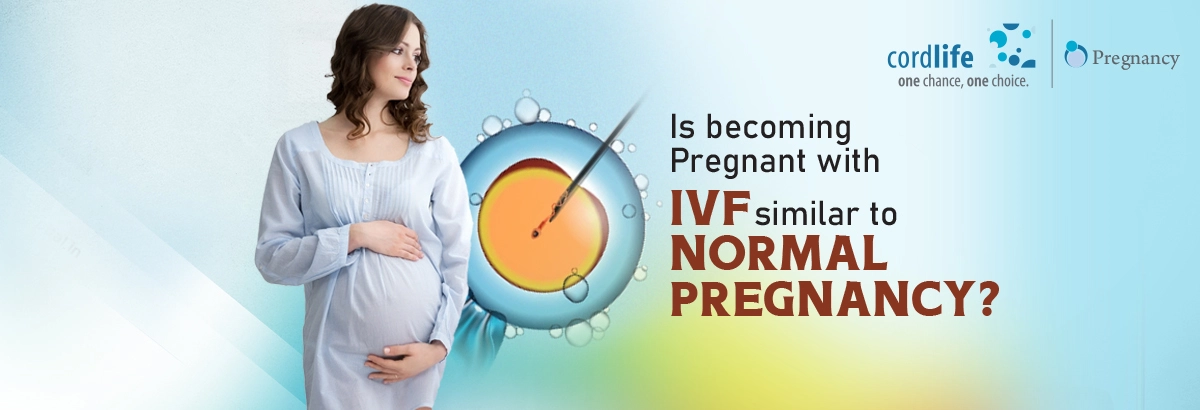Table of Contents
Infertility is not a modern-day problem. It has been existing since time immemorial. In the Indian epic “The Ramayana,” it is mentioned that Dasharatha could not bear children. Ultimately, Rama and his three brothers were born, through divine intervention. The couple felt ashamed and thought it was a curse and kept such issues a secret.
The times have changed, and so has the thinking of couples. Nowadays, couples failing to become parents do not shy away from this problem or feel morose. Rather, they believe in discussing their fertility problems with like-minded groups (not being able to conceive naturally), as well as paying visits to infertility specialists in Fertility Assistance clinics.
With various fertility treatment methods – medicines, surgical procedures, and conception assistance techniques including procedures like, but not limited to IUI, and IVF, 1 in 5 (19%) modern-day couples can help themselves, and fulfil their desire of embracing parenthood.
What is IVF (in Vitro Fertilisation)?
In vitro fertilisation is “a procedure in which eggs are removed from a woman’s ovary and fertilised eggs with sperm outside the body form embryos. The embryos are grown in the laboratory for several days and then are either placed in a woman’s womb or cryopreserved (frozen) for future use.2”
What is The History of IVF?
The history of in vitro fertilisation, however, goes back in time. In the year 1959, a non–human mammal was first born as a result of IVF treatment. It was considered the first success. In 1978 the world’s first baby was conceived and born with the help of Fertility Assistance Treatment. This way the success stories of IVF treatment procedures began. India got the breakthrough in this treatment method, in the August of 1986, when the first test–tube baby was born to a 24-year-old housewife at KEM Hospital, Bombay, at the hands of Dr Indira Hinduja. With time India has developed many Fertility Assistance Centers to give many couples the blessing and happiness of parenthood.
Why is an IVF Treatment Needed and What is the Success Rate?
The chances of success to have a healthy baby with Assisted Fertility Techniques are high nowadays as such treatment is done to treat issues of subfertility. The fertility problems include:
Your Partner’s Age
Your age, particularly if you’re older than 35 or 40 years old, has a huge impact on the quality of the egg or oocyte (a cell in an ovary) and it reduces the sperm quality. As you and your partner grow older, both your chances of conceiving naturally as well as through IVF reduce. Having said that the rate of success of IVF is 80% to 95% when both of you are younger than 35 years old.
If the Fallopian Tubes are Hampered
Fertilisation takes place in a segment of the fallopian tube. The sperm fertilises the egg and the fertilised egg or zygote progresses through the tube to the uterus for implantation. Unlike the natural phenomenon of getting pregnant, if the fallopian tube gets damaged or blocked fallopian tube, the fertilisation or the Ampulla journey of the zygote gets hampered. The good news is, if you are undergoing in vitro fertilisation, the egg is directly taken from the ovary, and any fallopian tubal problem is bypassed, thus increasing your chances of pregnancy.
Uterine Fibroids
Uterine Fibroids are non–cancerous growth that occurs in the inner or outer wall of the uterus, distorting the initial anatomy of the uterus and hampering the process of implantation. They occur between the age of 30 and 40 years old and may come in between the implantation and fertilisation of the eggs, thus impairing the reproductive outcomes. The success of IVF is based on the size and location of the fibroids.
Impaired Function of the Sperms
That means weak sperm movement or abnormalities in the shape and size prevent the fertilisation of the eggs. According to studies, over 12 to 18 million Indian couples are diagnosed with subfertility which is the result of the declining quality and/ or motility of the sperm. A successful intracytoplasmic sperm injection, ICSI as part of the IVF treatment procedure helps.
What Can You Expect Out of In Vitro Fertilisation?
If you’re one of those couples who have been willing to start a family by taking the IVF route, you might have to keep the above health conditions in mind and also remember to quit smoking and drinking alcohol just like you would have done if you tried to get pregnant naturally. After all, IVF treatment is one of the best procedures available today. The process goes like this:
- Hormonal stimulation in which the ovaries produce many eggs. For which you might have to take injections. After the eggs are formed and ready to be extracted, you’ll be given a set of medicines to help the eggs mature and further help the embryo transfer.
- 36 hours after the shot the eggs become mature and are ready for fertilisation. Healthy eggs are mixed with sperm for egg retrieval.
- The sperm are now separated from semen fluid and the eggs will go through fertilisation.
- Once you’ve been through the above-mentioned stages the embryo will be formed and get attached to the uterus in around 6 to 10 days. Now in around 9 days, your pregnancy may be detected.
To be doubly sure, the embryos undergo genetic screening disorders before being transferred to the mother’s womb.
IVF may be an expensive process, but a beneficial process for you, giving you a chance to become pregnant with twins or more.
Need More Information About Cordlife Stem Cell Banking?
Book a FREE Presentation Now
Once you embrace the journey of motherhood, all you need to do is wait for the next 9 months, undergoing the normal pregnancy symptoms. As you take care of your health and the health of your baby with a balanced diet, and proper exercise in your pregnancy regime, think about banking your baby’s precious stem cells immediately.
